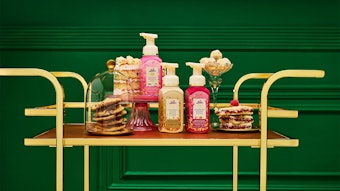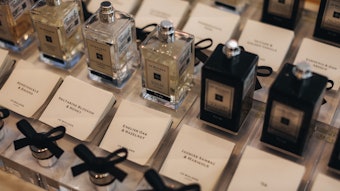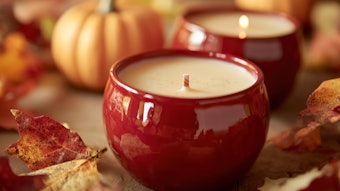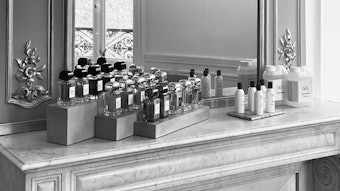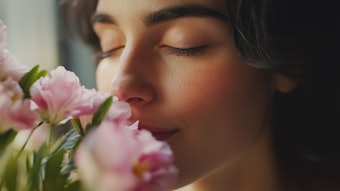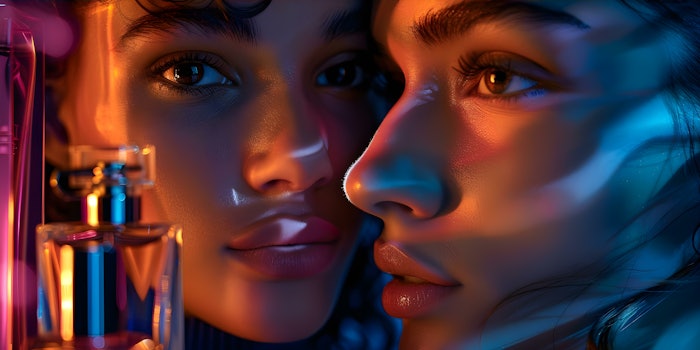
Scentmate by dsm-firmenich has outlined the main olfactory trends shaping the fine fragrance market this autumn and winter of 2024. According to the platform, there is an increased sensitivity to social and environmental issues among consumers over the past three years has led to significant changes in personal care routines and purchasing habits (also outlined in the 3 Home Care Trends Report for Summer 2024). When it comes to buying perfumes, consumers are looking for products that address the following issues:
- Transparency: Commitment to sustainable and ethical production using natural ingredients and recycled packaging.
- Functional benefits: Through ingredients with relaxing, lifting or energizing properties.
- Genderless products: Overcoming traditional male/female labels and opening new creative streams.
- Self-expression: Driven by Gen Zers, fragrances serve to express every nuance of individuality.
Scentmate has framed the evolution of trends for this autumn and winter in four major sensory concepts: the elevation of clean scents, premium fruits, floral extreme, and back to the roots, which translate into the six following olfactory trends:
1. Clean Zest: Citrus scents continue to evolve, moving further away from the traditional cologne structure. This concept of cleanliness makes people feel secure and comforted, offering a calmer freshness. It is based on the combination of mineral notes, salty touches, fresh aromatics, and non-traditional citrus fruits such as tangerine or kumquat.
Examples: A Milano by Giorgio Armani, 724 by Maison F. Kurkdjian, and Ego Stratis by JHAG.
2. Spring Bloom: Luminous and light bouquets, less feminine and more balanced. The olfactory range moves from delicate florals to clean fruity florals to create elegant and youthful compositions. Florals dominate the composition but are delicately intertwined with fruity, citrus, and creamy nuances. It recalls the fruity floral notes of the 2000s but in a more balanced way.
Examples: Dylan Purple by Versace, Perfect by Marc Jacobs, and Nina Nature by Nina Ricci
3. Sun Kissed Flower: Solar fragrances continue to evolve, moving away from traditional sunscreens. With a youthful yet sophisticated touch, its gourmand side becomes creamier, honeyed, and lactonic, while the floral part becomes more opulent and heavier. It evokes a combination of white floral with sophisticated gourmand - not overly sweet - and exotic resins.
Examples: Can't Stop Loving You by Killian Paris, My Way Le Parfum by Giorgio Armani, and Daisy Love Paradise by Marc Jacobs.
4. Yummy fruits: Juicy and edible sensations; fruity blends that become gourmand and texturized thanks to elements like marmalades, pralines, and sugared fruits. Red berries, raspberries, sugary nuts, and creamy, milky combinations create a gourmand fruity sensation that is not overly sweet.
Examples: Yes I Am Bloom Up by Cacharel, Good Girl Blush by Carolina Herrera, and Mod Blush by Ariana Grande.
5. Ambery Woods: The key to this trend is the growing consumer preference for perfumes with more personality. As a result, musky and skin-like accords are being replaced by amber, iris, and woody notes, along with more fantasy concepts as mineral, paper, or exotic woods. Woods are becoming more versatile, incorporating mineral elements, velvety flowers, resins and moss.
Examples: Oopsis by Diptyque, 22 Orris by Ledda, and This is Him Undressed by Zadig&Voltaire.
6. Wild Resins: In this olfactory trend, vetiver, cedarwood, and other smoky woods combine with resins and intense leather notes and darker gourmand notes (vanilla, tonka, dark chocolate). It creates a blend of vetiver and leather with amber and resinous notes. The resins are less associated with natural concepts and become more aligned with gourmand characteristics.
Examples: Cherry Smoke by Tom Ford.





